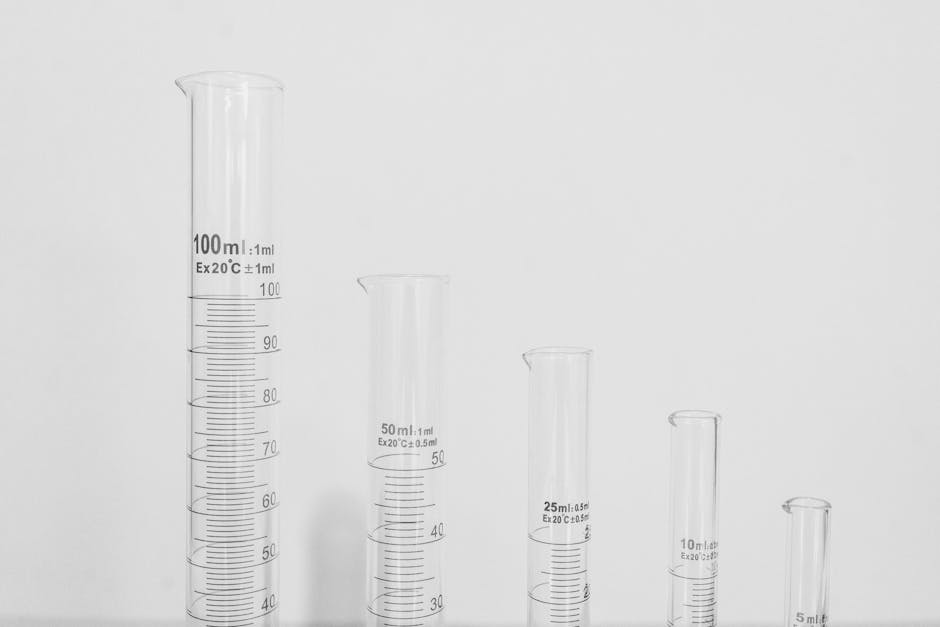Quando se trata de fabricação farmacêutica, uma das principais etapas do processo de produção envolve a moagem fina e a moagem de ingredientes. A eficácia desse processo depende significativamente da qualidade e adequação das esferas de moagem usadas. Neste blog, exploraremos oito dicas essenciais para ajudar você a selecionar as melhores esferas de moagem para suas aplicações farmacêuticas, garantindo eficiência, qualidade e custo-benefício em sua produção.

1. Entenda as propriedades dos materiais
Entender as propriedades do material das esferas de moagem é crucial na fabricação farmacêutica. Diferentes materiais oferecem níveis variados de dureza, densidade e resistência à abrasão, o que pode afetar muito o resultado do seu processo de moagem. Por exemplo, esferas de óxido de zircônio são bem conhecidas por sua durabilidade e são particularmente adequadas para tarefas de moagem e fresagem que exigem um alto grau de finura e suavidade. Garantir que você combine as propriedades do material com os requisitos da sua aplicação farmacêutica é essencial para obter resultados ideais.
O impacto das propriedades do material do grânulo de moagem vai além dos resultados imediatos do processo de moagem. Ele também afeta a longevidade e a eficiência do seu equipamento de moagem. Usar grânulos feitos de materiais muito abrasivos pode causar desgaste excessivo, levando a substituições frequentes e tempo de inatividade. Por outro lado, selecionar grânulos que correspondam às especificações do seu equipamento pode melhorar o desempenho e estender sua vida útil, tornando-se uma consideração crítica para a produção farmacêutica econômica.
2. Considere o tamanho e a uniformidade do grânulo
O tamanho e a uniformidade das esferas de moagem desempenham um papel fundamental na eficiência do processo de moagem. Optar por esferas de tamanho uniforme garante uma redução consistente de partículas, o que é crucial para a indústria farmacêutica, onde a distribuição do tamanho das partículas pode impactar diretamente a eficácia e a segurança do produto final. Pequenas variações no tamanho das esferas podem levar à moagem irregular, afetando a qualidade do produto final. Portanto, a precisão na seleção das esferas se torna uma pedra angular para manter altos padrões na produção farmacêutica.
3. Escolha o material certo para as contas
Escolher o material certo para suas esferas de moagem é mais do que apenas combinar propriedades físicas e químicas com suas necessidades; é entender como diferentes materiais interagem com seus compostos farmacêuticos. Materiais como aço inoxidável, embora duráveis, podem não ser adequados para todas as aplicações devido a potenciais reações químicas com certos compostos. Esferas de cerâmica, por outro lado, oferecem inércia e resistência à corrosão, tornando-as uma escolha mais segura para uma gama mais ampla de produtos farmacêuticos.
4. Avalie a durabilidade e o desgaste do talão
Durabilidade e resistência ao desgaste são fatores-chave a serem considerados ao escolher esferas de moagem para aplicações farmacêuticas. Esferas que se desgastam rapidamente não só precisam ser substituídas com mais frequência, mas também podem contaminar seu produto com resíduos de material, comprometendo sua pureza. É essencial selecionar esferas que possam suportar o processo de moagem sem quebrar, garantindo que seu produto permaneça não contaminado e sua operação ocorra sem problemas.
5. Avalie a compatibilidade química
A compatibilidade química das esferas de moagem com os ingredientes farmacêuticos é crítica. Materiais incompatíveis podem levar a reações químicas que alteram as propriedades dos ingredientes farmacêuticos ativos (APIs), potencialmente tornando-os ineficazes ou até mesmo prejudiciais. Pesquisar e selecionar materiais quimicamente inertes que não reajam com seus APIs é uma etapa vital para garantir a segurança e eficácia de seus produtos farmacêuticos.
6. Considere as necessidades específicas da sua aplicação
Cada aplicação farmacêutica tem requisitos exclusivos que devem ser abordados ao selecionar esferas de moagem. Além das considerações gerais de tamanho, material e compatibilidade química, fatores como o acabamento de superfície desejado, capacidade de dispersão e até mesmo a resistência mecânica das esferas podem ser cruciais para sua aplicação específica. Entender essas necessidades é essencial para personalizar o processo de seleção de esferas, garantindo a operação de moagem mais eficaz e eficiente.
7. Procure por altos níveis de pureza
Na indústria farmacêutica, a pureza das esferas de moagem não é negociável. Quaisquer impurezas podem comprometer a qualidade do produto final, afetando sua segurança e eficácia. É vital obter esferas certificadas para altos níveis de pureza, livres de contaminantes que possam vazar para seu produto durante o processo de moagem. Essa consideração é particularmente importante para aplicações que envolvam ingredientes farmacêuticos ativos altamente sensíveis ou potentes.
8. Pense na relação custo-eficácia
Embora o custo nunca deva comprometer a qualidade, especialmente em aplicações farmacêuticas, considerar a relação custo-benefício é prático para qualquer negócio. Analisar a relação custo-benefício de várias opções de esferas de moagem pode ajudar você a encontrar um equilíbrio entre qualidade e despesa. Lembre-se, investir em esferas de maior qualidade pode levar a custos gerais mais baixos a longo prazo devido às necessidades reduzidas de substituição e menos contaminação do produto. A avaliação cuidadosa de suas opções garantirá que você não sacrifique a qualidade pelo custo e mantenha os padrões essenciais para produtos farmacêuticos.